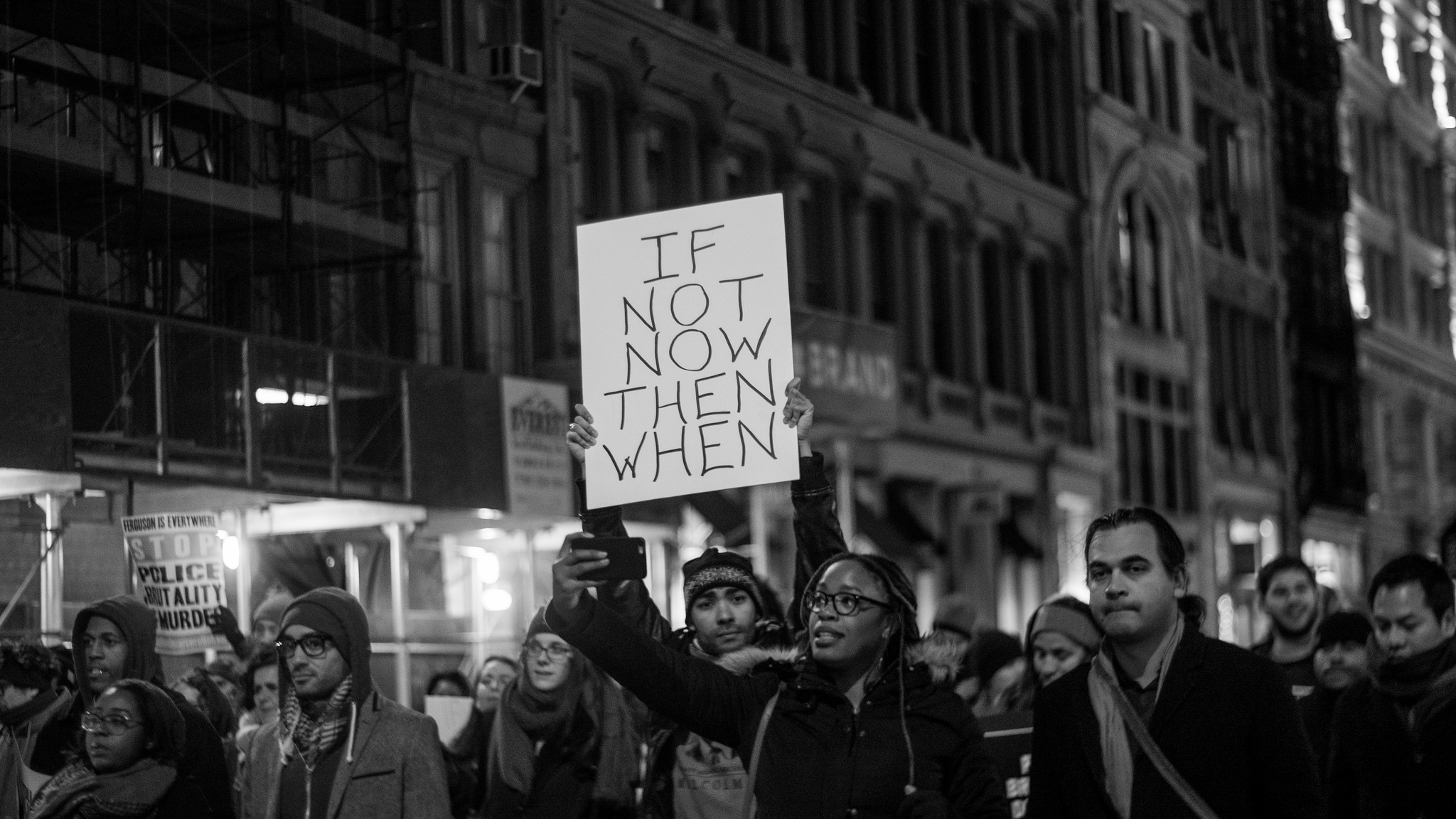The International Convention on the Elimination of All Forms of Racial Discrimination (ICERD) marks an important step forward in tackling race discrimination.
The ICERD is a treaty, adopted in 1965 by the United Nations General Assembly. The UK signed the ICERD on 11 October 1966 and ‘ratified’ it (that is, became bound by it) on 7 March 1969. The ICERD was adopted in response to growing racial discrimination in the 1960s.
Parties to the ICERD ‘condemn racial discrimination’ and commit ‘to the elimination of racial discrimination in all its forms.’ States promise to guarantee the right of everyone, without distinction as to race, colour, or national or ethnic origin, to equality before the law.
States party to the ICERD particularly condemn racial segregation and apartheid. They condemn all propaganda and organisations based on ideas or theories of superiority of one race or group of persons of one colour or ethnic origin.
The introductory paragraphs proclaim that parties to the ICERD believe theories of superiority based on racial difference are ‘scientifically false, morally condemnable, socially unjust and dangerous.’ They also believe that there is ‘no justification for racial discrimination, in theory or in practice, anywhere.’
States commit to make it a criminal offence to ‘disseminate’ (spread) ideas based on racial superiority or hatred. States also agree to criminalise acts of violence, or acts ‘inciting’ (encouraging) violence, against any race or group of persons of another colour or ethnic origin.
Has the ICERD had an impact?

The ICERD has gained near-universal acceptance by the international community. As well as the Convention itself, most countries have also accepted the ICERD’s individual complaints mechanism, which means countries can be held account as to whether they are meeting the expectations of the ICERD (see more on enforcement below).
The ICERD has had a significant impact on national laws. Many countries have brought in legislation that mirrors the standards in ICERD, for example outlawing racial discrimination at work and in the provision of services such as healthcare, housing and education. The UK’s 1976 Race Relations Act and its modern day race discrimination laws echo the ICERD. You can read more about the UK’s race discrimination laws here.
Who makes sure the ICERD is enforced?

The ICERD is monitored by the Committee on the Elimination of Racial Discrimination (CERD). The CERD consists of 18 independent human rights experts from different States which are parties to the ICERD, elected for four-year terms. All States party to the ICERD must regularly submit reports detailing what steps they have taken to eliminate racial discrimination. The CERD examines each report and then produces recommendations for each State in question. The UK Government last submitted a report in March 2015.
Non-Governmental Organisations (NGO) often take the opportunity to submit reports on how they think governments are doing at tackling race discrimination. The CERD takes NGO reports into account when it produces its recommendations for different countries.
Early Warning Measures and Urgent Procedures

The ICERD establishes another safeguard against racial discrimination through a system of Early-Warning Measures and Urgent Procedures, also monitored by the CERD. Early warning measures and urgent procedures aim to stop ongoing issues from escalating into even bigger problems.
In 2010, the CERD raised concerns to the Council of Europe and European Union about discrimination faced by the Roma community across Europe. This was the first time that regional bodies had been addressed by the CERD in the early warning and urgent procedures process.
What are the ICERD’s limitations?
The CERD has encountered persistent difficulties with getting some countries to submit reports. The CERD still reviews countries that don’t submit reports, but this lack of reporting is seen by some as a substantial failure of the ICERD. Further, whilst the number of States signed up to the ICERD is impressive, many countries have only agreed to be bound with certain reservations, for example the United States of America does not accept any part of the Convention that would oblige the USA to criminalise hate speech.
In summary…
The ICERD has played the key role in fighting racial discrimination for over sixty years and has inspired laws designed to combat race discrimination in countries all around the world. Whilst problems remain with getting all countries to report on their progress consistently, the ICERD continues to advance the cause of racial equality globally.
For more information:
- Read the full text of the ICERD and learn about the role of the CERD.
- Read RightsInfo’s explainer on how human rights help to fight race discrimination.
- Take a look at our equality page, equality case cards and freedom from discrimination infographic poster.







